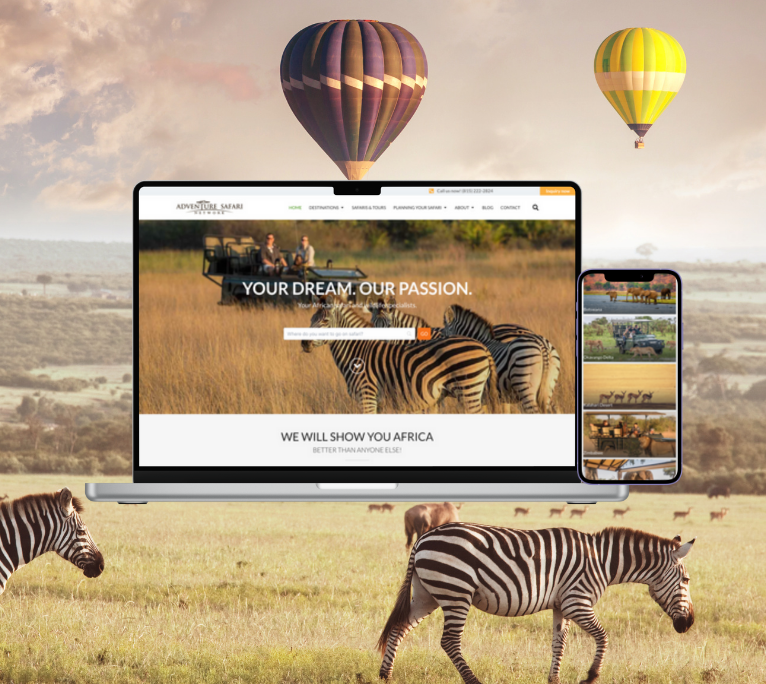Web development reaches its crucial stage when designers transfer their work to developers through the design handoff process. The phase marks the point where abstract concepts turn into concrete reality while transforming creative plans into functional user interactions. The transformation from design to development during this phase produces numerous obstacles that threaten to ruin carefully designed projects. This article examines the major challenges that developers face while presenting effective solutions to overcome them.
The Chasm Between Design and Development
A designer invests their time for multiple weeks to develop an aesthetically pleasing interface that perfectly represents brand values through pixel-perfect design. The development team receives this design from the designers with the understanding that they should produce code that perfectly matches the original design. The developers start analyzing the design files only to discover unclear specifications together with missing assets and ambiguous elements. The result? The final product drifts away from its initial design which produces negative reactions from designers and developers.
This failure to connect design with development occurs frequently throughout the industry instead of being an isolated exception. The main cause stems from specification miscommunications and insufficient asset sharing and most importantly from poor designer-developer coordination.
Bridging the Communication Gap
Communication represents the fundamental hurdle which causes most handoff problems. Designers and developers share a single objective but maintain separate spaces where they use communication methods which share similarities but have separate linguistic patterns.
Consider the term “padding.” A designer views padding as design space surrounding elements for better visual appeal while a developer sees it as a specific CSS property requiring numerical input. Such terms create confusion when they remain undefined between different stakeholders.
Strategies for Effective Communication:
- Early Collaboration: Developers should join the design process from its initial beginning. The developers’ expertise helps designers make decisions which both boost project feasibility and reduce development complexity. 
- Regular Check-ins: Both teams must participate in scheduled meetings that enable progress updates and concern resolution and necessary adjustments. This fosters a culture of continuous feedback and mutual understanding.
- Unified Terminology: Develop a shared glossary of terms and components. A designer referring to a “carousel” should have the developer visualize the exact same functionality.
Ambiguous design specifications create numerous risks during the development process.
A design that appears beautiful will fail to deliver its intended effect when designers fail to provide exact specifications. Design file ambiguities force developers to guess which design elements the designer intended leading to potential design discrepancies.
Consider a button featuring a gradient overlay. A developer implementing a flat color button instead of a gradient might disrupt both visual structure and user journey without proper design direction.
Mitigation Measures:
- Detailed Documentation: Each design component should include complete documentation that describes its dimensions as well as color codes and both font styles and interactive responses.
- Interactive Prototypes: Designers should use prototyping tools to generate interactive interfaces for developers. Developers receive an actual representation of user interactions together with transitions through this method.
- Design Systems: Organizations should use a centralized design component repository alongside guidelines for implementation. This central resource acts as the authoritative reference point that maintains uniformity throughout the entire system.
Asset Management: Ensuring Completeness
The process of delivering assets stands as a frequently disregarded step in the handover procedure. Development delays because of missing or incorrectly formatted assets may force designers to reduce design fidelity to ensure project completion.
An e-commerce platform depends heavily on product images which serve as its core feature. The user experience suffers when developers use placeholders or low-quality images instead of high-resolution alternatives because they lack sufficient image resources.
Best Practices for Asset Delivery:
- Organized Asset Libraries: Asset folders should be structured consistently through logical organization which includes separate sections for icons, images and logos and uses uniform naming conventions.
- Multiple Formats: Assets should exist in SVG, PNG and JPEG formats to accommodate multiple use scenarios and resolution requirements.
- Asset Checklists: Checklists should be implemented before the handoff to verify that no asset remains unaccounted for. The methodical approach helps prevent missed elements during this stage.
Embracing a Culture of Continuous Collaboration
The design handover needs to be recognized as an ongoing partnership rather than a single occurrence. After handing off projects, designers should stay involved to explain and modify designs according to developer feedback while addressing unexpected development issues.
Think of it as a relay race. The baton (design) is passed, but the runner (designer) doesn’t leave the track. The designer continues to follow the same track while monitoring the baton reaches its destination correctly.
Fostering Post-Handoff Synergy:
- Open Channels: Establish communication tools which enable developers to ask questions easily and designers to answer them promptly.
- Joint Testing Sessions: Both teams must conduct joint testing sessions to verify the implementation matches the design while addressing immediate alignment issues.
- Feedback Loops: Following project completion the team should conduct retrospectives to evaluate successes and failures while identifying improvements for future handoff procedures.
Crafting Cohesive Digital Experiences
The transition between design and development demands more than technical expertise because it needs both empathy and understanding together with teamwork.
Our experience at Griffon Webstudios demonstrates that better designer-developer collaboration leads to improved project outcomes. The creation of exceptional websites requires teamwork because our process depends on open dialogue combined with clear specifications and shared ownership.







